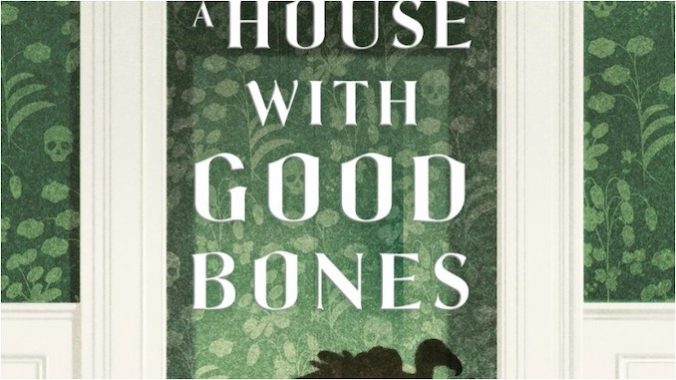A House with Good Bones: A Sly, Wry Southern Gothic Nightmare

These days in the world of publishing, more is often more. Doorstopper-sized tomes are all the rage in virtually every genre, which is what makes the continued success of a writer like T. Kingfisher all the more impressive. Kingfisher, for those who don’t know, is the pen name of children’s author Ursula Vernon, the identity under which she regularly churns out delicate, heartrending fantasy stories and sharp-edged horror tales. Each of her books generally clocks in at under 300 pages, and each is a masterclass in deliberate, focused storytelling.
Her latest book, A House with Good Bones, sees Kingfisher return to the world of contemporary horror in a story about the complex bonds of family, the secrets we keep, and the occasionally literal monsters that lurk in our proverbial closets. The story follows Sam Montgomery, an archaeoentomologist—a person who studies insects and other arthropods from archeological sites—who goes home to her rural North Carolina small town to stay with her mother when a dig she’s scheduled to take part in is delayed. But although Sam’s excited to spend some time with her mom drinking box wine and watching cozy British mysteries, it seems apparent almost immediately that all is not well at the family home.
Her mother has lost weight. She’s nervous and skittish, constantly looking over her shoulder for something Sam can’t see. She jumps at the smallest sounds. And she censors her language, putting a rosy spin on the lean years of Sam’s childhood and pretending everything was idyllic. Oh, and there are no insects in the garden, and a black vulture has taken up residence on the family mailbox.
The house once belonged to Sam’s Gran Mae, a severe woman she primarily remembers as strange and cruel, whose decorative tastes tended to run to nondescript color palettes and Confederate portraiture. And despite having redecorated after she passed, Sam’s mother—who prefers warm accents, quirky knickknacks, and bright, colorful artwork—has returned it to its original state, complete with the aforementioned racist art. Sam’s more than a little taken aback, and determined to figure out what’s wrong with her mother—she’s a scientist at heart, after all, and that means every problem, no matter how strange, has both an explanation and a solution.
Or does it? As Sam herself starts experiencing increasingly strange events—-disturbing episodes of sleep paralysis, swarms of bugs that come up through the drainpipes, the quite almost menace of her grandmother’s prize rosebushes in the garden that sting with roses so sharp they might actually be weapons. And. Kingfisher’s skills as a writer shine brightest in this first half of the novel, which uses the bizarre and unsettling events Sam experiences to build an almost unbearable level of tension through creepy happenings that defy easy explanations. And as she keeps digging (both literally and figuratively, Sam may learn to her sorrow that some family secrets are definitely best left buried.
-

-

-

-

-

-

-

-

-

-

-

-

-

-

-

-

-

-

-

-

-

-

-

-

-

-

-

-

-

-

-

-

-

-

-

-

-

-

-

-








































